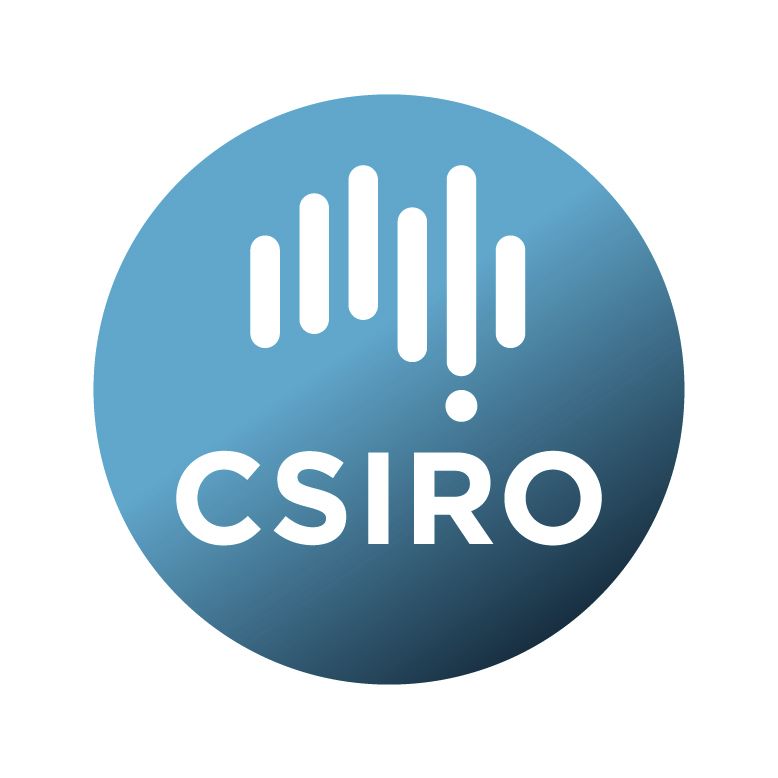Brief description
ASKAPsoft, the ASKAP Science Data Processor, provides data processing functionality, including:* Calibration
* Spectral line imaging
* Continuum imaging
* Source detection and generation of source catalogs
* Transient detection
ASKAPsoft is developed as a part of the CSIRO Australian Square Kilometre Array Pathfinder (ASKAP) Science Data Processor component. ASKAPsoft is a key component in the ASKAP system. It is the primary software for storing and processing raw data, and initiating the archiving of resulting science data products into the data archive (CASDA).
The processing pipelines within ASKAPsoft are largely written in C++ built on top of casacore and other third party libraries. The software is designed to be parallelised, where possible, for performance.
ASKAPsoft is designed to be built and executed in a standard Unix/Linux environment and core dependencies must be fulfilled by the platform. These include, but are not limited to, a C/C++/Fortran compiler, Make, Python 2.7, Java 7 and MPI. More specific dependencies are downloaded by the ASKAPsoft build system and are installed within the ASKAPsoft development tree. Specific to the Debian platform, after a standard installation of Debian Wheezy (7.x) the following packages will need to be installed with apt-get:
* g++
* gfortran
* openjdk-7-jdk
* python-dev
* flex
* bison
* openmpi-bin
* libopenmpi-dev
* libfreetype6-dev
* libpng12-dev
More information regarding the building, installation and running of the software can be found in the README file in the root of the file structure that forms this collection.
Source code can be accessed via the links in Related Materials section.
-----
New features and updates:
* Scheduling block state changes, in conjunction with a new TOS release, to
introduce a new OBSERVED state. Scheduling blocks will now transition from
EXECUTING to OBSERVED and then through to PROCESSING.
* Python library updates:
- numpy, scipy, matplotlib, pywcs, pytz, and APLpy. The current astropy package
has been added, and pyfits removed.
- New script Analysis/evaluation/makeThumbnailImage.py, that produces
grey-scale plots of continuum images, and has the capability to add weights
contours and/or continuum components.
* Calibration & Imaging changes:
- Residual image is now the residual at the end of the last
major cycle. (was the residual at the beginning of
the last major cycle.)
- The residual images now have units of Jy/beam not
Jy/pixel, and have the restoring beam written to the header.
- When the "restore preconditioner" option is used in imaging, the
residual and psf.image are also written out for this
preconditioner.
* Pipeline updates:
- There is a new pipeline parameter, CCALIBRATOR_MINUV, that allows
the bandpass calibration to exclude baseline below some value.
- Minor errors and inconsistencies in some catalogue specifications
have been fixed, with the polarisation catalogue being updated to
v0.7.
- The spectral-line catalogue has been added to the CASDA upload part
of the pipeline, and has been renamed to incorporate the image name
(in the line of other data products).
- There are new pipeline parameters SELFCAL_REF_ANTENNA &
SELFCAL_REF_GAINS that allow the self-calibration to use a
reference antenna and/or gain solution.
- A weights cutoff for Selavy can now be specified via the config
file using the new parameters SELAVY_WEIGHTS_CUTOFF &
SELAVY_SPEC_WEIGHTS_CUTOFF (rather than using the linmos cutoff
value).
- The new imager is better integrated into the pipeline, with
DO_ALT_IMAGER parameters for CONT, CONTCUBE & SPECTRAL.
- It is possible to make use of the direct FITS output in the
pipeline, by using IMAGETYPE_ parameters for CONT, CONTCUBE &
SPECTRAL. Note that this is still somewhat of a
work-in-progress.
Various bug fixes - See the CHANGES file for details.
Available: 2017-04-26
Data time period: 2017-03-29 to ..
Subjects
ASKAP |
Astronomical Sciences |
Astronomical Sciences Not Elsewhere Classified |
Physical Sciences |
data reduction |
pipeline |
radio astronomy |
science data processor |
software |
User Contributed Tags
Login to tag this record with meaningful keywords to make it easier to discover


